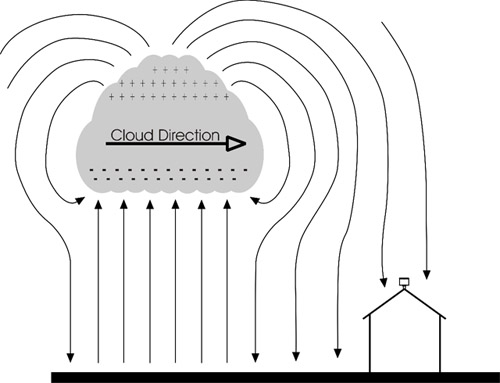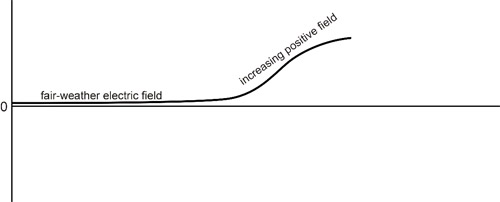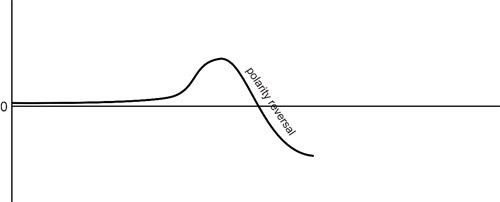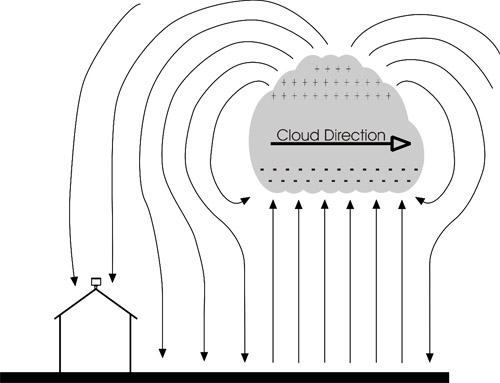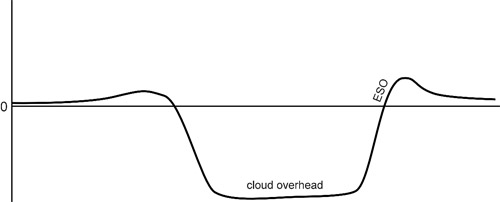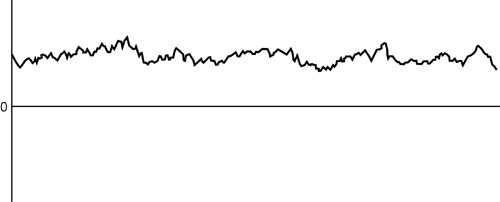|
Scarica
(solo in italiano): |
The phenomenon of
lightning is actively investigated since 1752, when the American
statesman and scientist B.Franklin one of the first established
the electrical nature of lightning. As a whole the picture of
formation of lightning is as follows. The terrestrial atmosphere
is very good dielectric located between two conductors - a
surface of the ground from below and the top layers of an
atmosphere, including an ionosphere, from above. These layers
are passive components of a global electric circuit. Between
negatively charged surface of the ground and positively charged
top atmosphere the constant potential difference of about
300.000 V is supported. According to the idea for the first time stated by Wilson in 20th years this
ionosphere potential arises from thunder-storms which create
global electric "battery". Lightning is a visible electric
charge coming from a cloud, going to either another cloud or the
earth. Usually, thunder like the sound you are hearing
accompanies lightning, especially during a thunderstorm.
Lightning occurs because the bottom of a thundercloud becomes
negatively charged, and repels the negative charge of the ground
deeper in so the positive charge is more towards the surface.
Simple physics says that opposite charges attract, so boom, the
lightning takes a one way trip to the closest positively charged
item- usually a tree, phone pole, or other high object. Despite
of an abundance at present of new devices and methods of
research, the microphysical processes leading to charge of storm
clouds, remain a subject of disputes.
for the first time stated by Wilson in 20th years this
ionosphere potential arises from thunder-storms which create
global electric "battery". Lightning is a visible electric
charge coming from a cloud, going to either another cloud or the
earth. Usually, thunder like the sound you are hearing
accompanies lightning, especially during a thunderstorm.
Lightning occurs because the bottom of a thundercloud becomes
negatively charged, and repels the negative charge of the ground
deeper in so the positive charge is more towards the surface.
Simple physics says that opposite charges attract, so boom, the
lightning takes a one way trip to the closest positively charged
item- usually a tree, phone pole, or other high object. Despite
of an abundance at present of new devices and methods of
research, the microphysical processes leading to charge of storm
clouds, remain a subject of disputes.
One of hypothesis, illustrated in animation, connects the lightning appearance with solar activity. The Earth’s upper atmosphere interacts with high energy particles from the sun (called the solar wind) to produce a steady stream of positive ions, which, in turn, rain down onto the Earth’s surface. Nevertheless, the Earth’s total average surface charge does not change. The increase in the Earth’s positive surface charge is cancelled out by the flow of negative electrons from the clouds to the ground during electrical storms. A lightning bolt can deliver a current of 10 million amperes to the Earth’s surface. Electrical storms are connected to solar activity. The sun’s activity peaks every 11 years. When solar wind activity is greater, more positive ions are produced by the solar wind. Thus, more electrical storms are induced on Earth to cancel the increased positive ion flow.
Anatomy of a Lightning Strike
Even in the simple model of a thunderstorm represented in the following
picture, lightning strikes are quite complex.

Both negative
and positive flashes can occur, but negative flashes are
more common. Negative flashes bring negative charge to
the ground, while positive flashes bring positive charge
to the
ground. In negative flashes, the descending current from
the
cloud moves downward in a series of short jumps, called
a
“stepped leader.”
The individual steps in this process
branch
out in different directions, looking for the path of
least resistance
toward the ground. As a leader gets close to the ground,
a corresponding streamer of positive charge moves up
from
the surface to meet the descending negative current.
When
these two currents connect they provide a highly
conductive
channel for charge transfer between the cloud and the
ground.
The initial descending negative charge is followed by an
even
stronger “return stroke” of positive charge from the
ground,
which seems to move up the channel and into the cloud.
The
actual charge transfer is, however, done by free
electrons so the
return stroke is really just a progressive draining of
negative
charge downward, with the upper limit of the drained
path
moving upward as electrons flow to the ground. Multiple
strokes of dart leaders and return strokes can follow,
producing
flickering strobe-like flashes of light.
The entire multiple discharge sequence of a lightning
strike
is normally called a flash and is typically
made up of two to four
separate strokes.
In some cases, as many as 15 or more strokes
have been observed. The subsequent strokes generally
follow
the established conducting channel, but the final strike
point
on the earth’s surface can jump around from strike to
strike,
with separations of up to several hundred meters or
more.
These cloud-to-ground flashes are normally called
CG
lightning,
or simply
ground lightning.
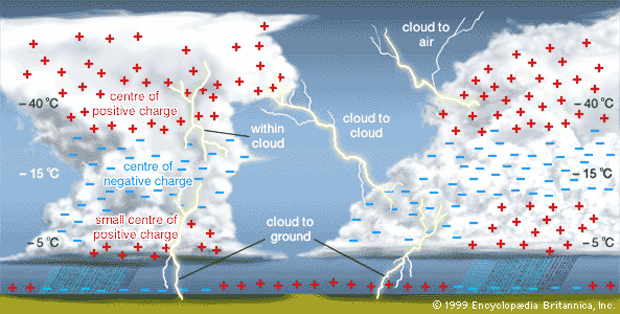
Lightning detection
Cloud discharges and CG flashes both radiate energy over a wide spectrum of frequencies, predominately the radio frequency (RF) bands. During the “stepped” process that creates new channels, there are strong emissions in the very high frequency (VHF) range. High current discharges along previously established channels (“return strokes”) generate powerful emissions in the low frequency (LF) and very low frequency (VLF) ranges. Medium frequency (MF) emissions are centred in the AM radio band and are responsible for the static we hear on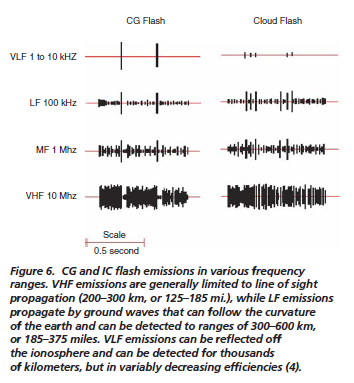 AM radio during lightning storms.
AM radio during lightning storms.
Cloud and ground flashes produce significantly different RF emissions over different time scales, which can be used to distinguish between these two classes of lightning. With their high current and predominately vertically oriented return strokes that generate magnetic fields, CG flashes produce strong signals that can easily be associated with a single position near the point they strike the earth’s surface.
When high
currents occur in previously ionized channels during cloud-to-ground
flashes, the most powerful emissions occur in the VLF range. VLF (very
low frequency) refers to radio frequencies in the range of 3 kHz to 30
kHz. An essential advantage of low frequencies in contrast to higher
frequencies is the property that these signals are propagated over
thousands of kilometres by reflections from the ionosphere and the
ground.
Waves with a frequency between 30 and 3 kHz have a length between 10 and
100 km. An applicable antenna for these frequencies is a small loop
antenna of size less than 1/10000 of the wavelength in circumference.
The electric field of the radio waves emitted by cloud-to-ground
lightning discharges is mostly oriented vertically, and thus the
magnetic field is oriented horizontally. To cover all directions
(all-around 360 degree) it is advisable to use more than one loop. A
suitable solution can be obtained by two orthogonal crossed loops as
they are used for direction finding systems.
The size of the antenna can extremely be reduced by using ferrite rods.
But a high number of turns are necessary to reach the same voltage
compared with a loop antenna.
This implies that the ferrite antenna has a lower resonance frequency
than the loop antenna.
The resonance frequency of the ferrite antenna for wide-band VLF
reception should not fall below 100 kHz.
The atmospheric electric field
In the lower atmosphere, the mean atmospheric electric field can be modified due electric charges transport made by convection, corona effect, air humidity and the pollution.According to Ohm’s Law, under fair weather conditions, is possible to describe the atmospheric electric field in function of the current density:

where E is the local electric field (V/m), s is the electrical conductivity of the air and J is the electrical current density (A/m2).
The E.F. in a thunderstorm
The atmospheric electric field for a region where we have a storm is described for the image method, in which it establishes that one charge configuration near a perfect conducting infinite plan can be replaced by the same configuration, its image and a equipotential surface in the place of the conducting plan.The next equation shows the relation of the lightning distance as function of the local electric field (E), of a charge center (Q) and the charge center height (H):

Sensors to detect lightning activities
| RDF (Radio
Direction finding) Lightning sensor
The DF sensor is an original concept and design by
Frank Kooiman and thanks to the help of
Daniel Verschueren. The electronics consists of
an amplifier which boosts and filters the signal from an antenna
and passes it to the soundcard of a computer (Line-in). The direction can be calculated from the two
signals measured. It is still not possible to say for certain
that the lightning strike occurred at one direction, exactly
opposite direction could also have been possible (+180 degrees).
This is also due to the fact that we do not know if the
lightning strike had a positive or negative charge. If you are
working with a single station, a third antenna is therefore
necessary to detect the charge and therefore the correct
direction of the strike. A single station cannot be used to
determine the
Now I have in test two ferrite antennas just like the ones used for the TOA system. It's not simple to adapt them to the RDF hardware but some good result is coming :-)
You can find information about
Lightning Radar on: |
TOA (Time of Arrival)
Lightning sensor
The TOA sensor is developed
thanks to the Egon Wanke
Blitzortung.org project. The TOA (time of arrival)
lightning location technique is based on hyperbolic curve
calculations.
|
The E-Field Mill
The
E-field mill measures the
static electric field generated
 by thunderclouds and can detect the atmospheric conditions which
precede lightning.
by thunderclouds and can detect the atmospheric conditions which
precede lightning.
A field-mill is used to measure an electrical earth field (V/m).
A field-mill is based on static electric influence on a
conductive plate. If an electrode in an E-field is covered by a
rotating wing then the charge is flowing from the electrode to
ground. If the electrode is not covered influence charges are
flowing back to the electrode.
The current is proportional to E-field.
At stable weather E-field is about 100–150 V/m (direction is
from atmosphere to earth). Earth is negative and atmosphere is
positive. During a lightning there are a lot of charge
separations in the cloud. This charging is very strong and under
the lightning cloud the E-field can be up to 30000 V/m. Also
without lightning strokes the
E-field can be very high. This
could be used as lightning warning. Depending on cloud type
(negative or positive cloud base) E-field is positive or
negative.

I've developed the software for the
E-Field Mill in LabView.
With this one I have the possibilities to send data in
graphic images to a specified ftp site, or via socket.
It's possible to filter the data received from the field
utilizing mediated values, inverting the sign and
deciding an Offset.
It's also possible to set two type of alarms, only
visible at the moment, for high alarms and very high
alarms.
I opened a SourceForge project dedicated to the
FEM Software:
https://sourceforge.net/projects/femsoftware/
The voltmeter DPM812
used for the original project has become a discontinued
product.
|



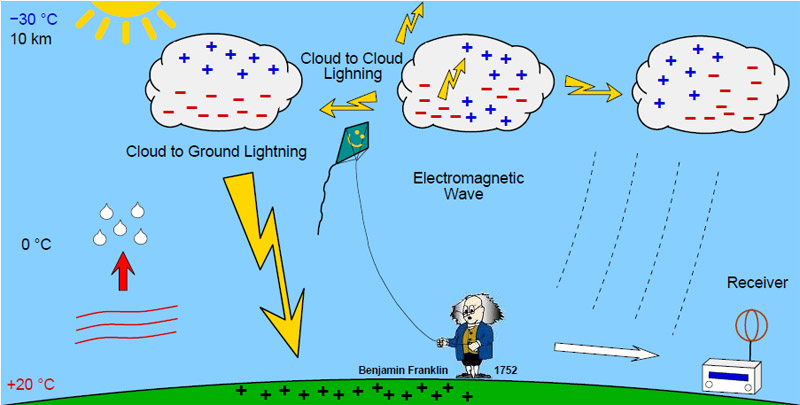



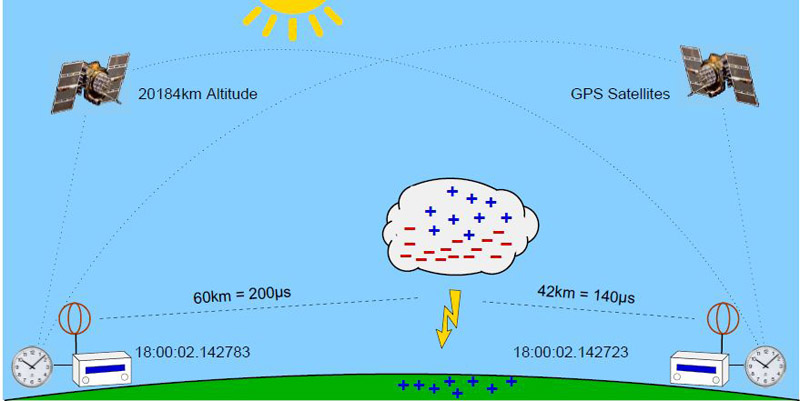
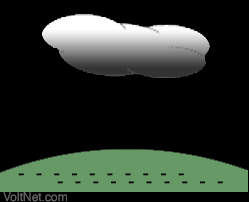
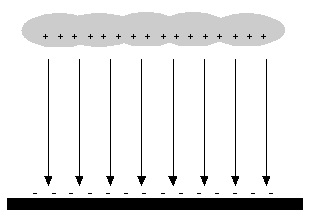 ugh
you can feel your hair stand on end (if this happens outdoors
during a thunderstorm crouch down with your feet together as you
are about to be struck by lightning.) An electric field is
what attracts your hair to a charged comb or a charged balloon.
ugh
you can feel your hair stand on end (if this happens outdoors
during a thunderstorm crouch down with your feet together as you
are about to be struck by lightning.) An electric field is
what attracts your hair to a charged comb or a charged balloon.